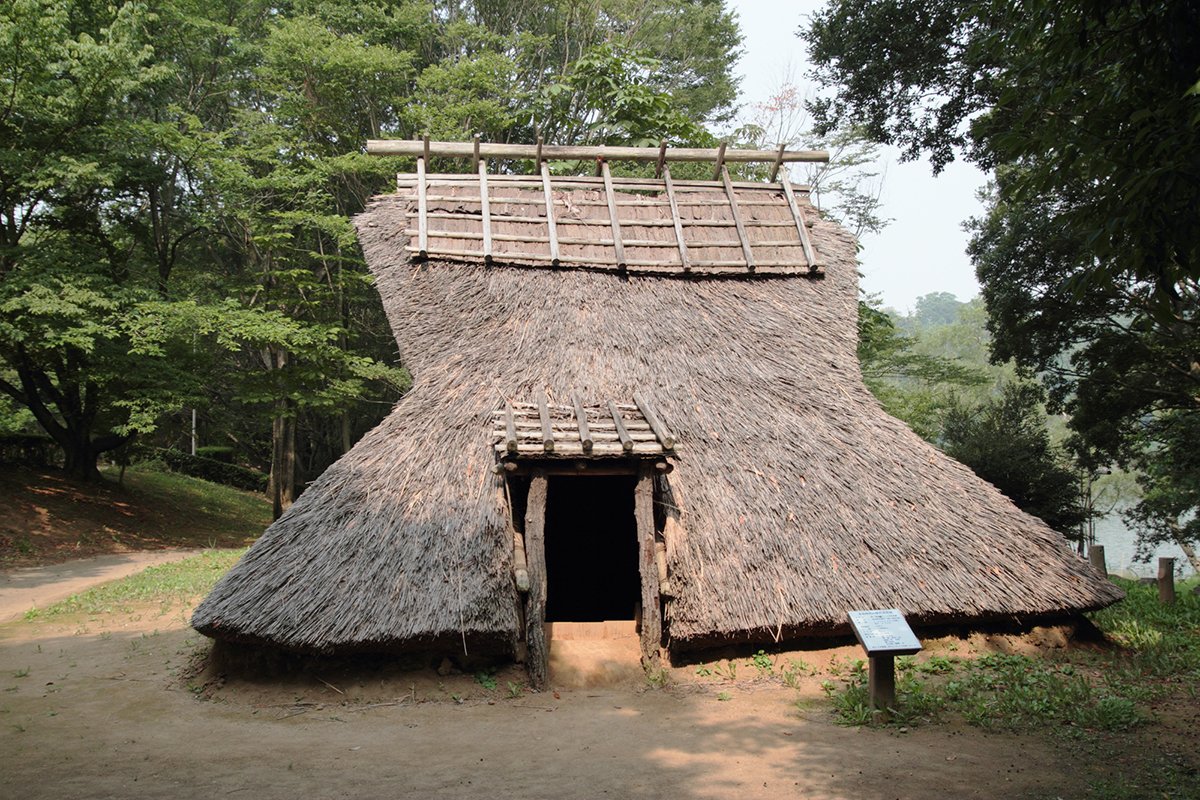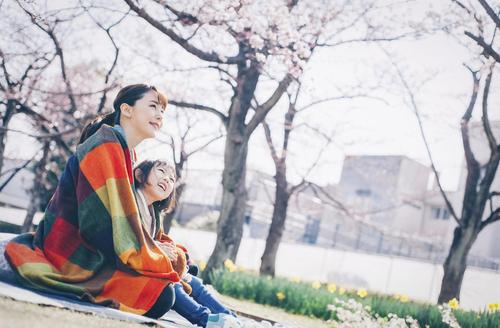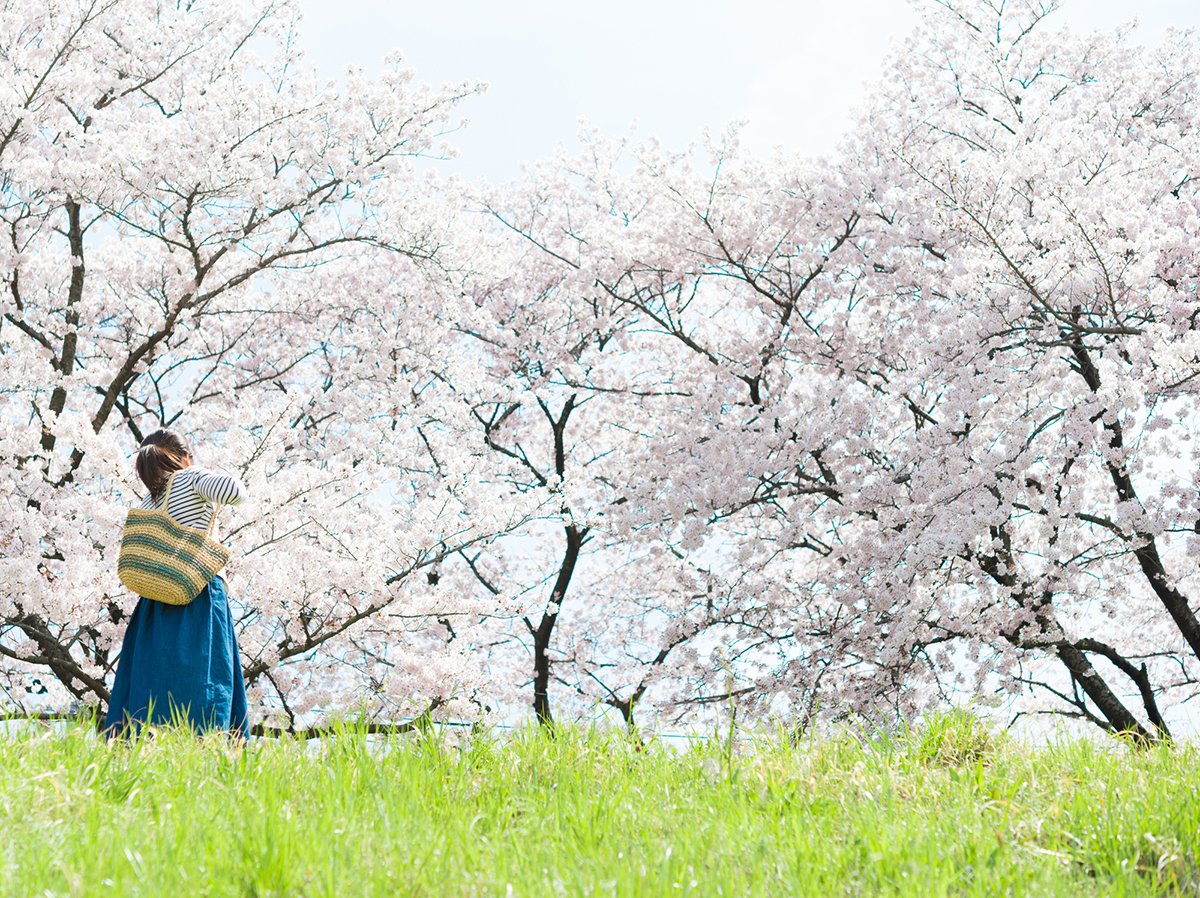In Japan, where nature changes with the seasons, cherry blossom viewing is a popular event that is especially popular as a way to feel the arrival of spring. In recent years, the number of foreign tourists visiting Japan for cherry blossom viewing during the cherry blossom season has been increasing. Even among those who enjoy cherry blossom viewing every year, there are probably few who can explain the origins of cherry blossom viewing.
This article explains the origins of cherry blossom viewing in Japan, as well as how it has changed over time. Understanding the origins of cherry blossom viewing while unraveling Japanese history will help you to appreciate the charm of cherry blossom viewing even more deeply.
When did cherry blossom viewing in Japan begin? Learn about its origins

When and how did cherry blossom viewing begin in Japan? We will explain its origins and history.
◇Did cherry blossom viewing originate in the Nara period?
There are various theories about the origins of cherry blossom viewing, but going back in time, it seems that aristocrats had a preference for plum blossoms and enjoyed admiring the flowers during the Nara period.
Nowadays, when we talk about flower viewing, we mean cherry blossoms, but at the time, plum blossoms, which were introduced from China, were the main focus. This is not because cherry blossoms were not popular, but because cherry blossoms were considered sacred trees by the Japanese at the time.
In fact, there are poems about cherry blossoms in the Manyoshu, and cherry blossoms have been an object of worship as trees inhabited by gods since before ancient mythology.
◇ People started to see cherry blossoms after the Heian period
As the Heian period began, aristocrats gradually began to appreciate cherry blossoms as the representative flower of spring. One factor behind this is thought to be the abolition of Japanese missions to Tang China in 894. This may have led Japanese people to feel closer to the indigenous cherry blossom, rather than the plum blossom, which was introduced from China.
Scenes of banquets being held under the cherry blossoms at the Imperial Court are also recorded in the mid-Heian period masterpiece, The Tale of Genji, and the Kokin Wakashu, compiled in the early Heian period, also contains many spring poems that sing of cherry blossoms.
This suggests that the cherry blossom was considered a flower symbolizing spring by the aristocrats of the time.
◇Not only nobles but also peasants enjoyed cherry blossom viewing
While nobles attended cherry blossom viewing events to enjoy the cherry blossoms, peasants also attended for different reasons.
For farmers, the arrival of spring marks the beginning of the cultivation of the fields, and when the flowers that herald the arrival of spring bloom, they are also admired for their religious significance of warding off evil spirits. Flower-appreciation events are held on set dates as festivals, and on those days people would go out into the fields or mountains to admire the flowers, "playing in the fields" or "playing in the mountains." These included cherry trees, and by having fun beneath them, people may have spent time with the gods and prayed for a bountiful harvest.
It is said that cherry blossom viewing, as it is today, became popular among the common people as a form of pure enjoyment after the Edo period.
The evolution of cherry blossom viewing up to the present day

Next, let's take a look at the changes in cherry blossom viewing from the Kamakura period to the present day.
◇ Cherry blossom viewing from the Kamakura period to the Azuchi-Momoyama period
Until the Heian period, cherry blossom viewing was a pastime reserved for the nobility, but during the Kamakura period, it gradually spread to all classes. Samurai and townspeople alike began to enjoy cherry blossoms, and it is said that it was around this time that cherry trees were planted in the mountains, temples, and shrines of Kyoto.
During the Azuchi-Momoyama period, samurai began to go out and enjoy cherry blossom viewing. The "Daigo Cherry Blossom Viewing" and "Yoshino Cherry Blossom Viewing" events held by Toyotomi Hideyoshi were particularly famous, with approximately 5,000 people attending in Yoshino and over 1,000 at Daigoji Temple. These were grand banquets attended by famous generals of the time, including Tokugawa Ieyasu and Maeda Toshiie.
◇Cherry blossom viewing in the Edo period
From the Edo period onwards, cherry blossom viewing became a popular pastime for the common people. In the latter part of the Edo period, the "Yoshino cherry" was born, an improved version of the Oshima cherry and Edo higan. It is said that this Yoshino cherry was created by a gardener in Somei Village, which was located in what is now Toshima Ward, Tokyo. To distinguish it from the Yoshino mountain cherry in Nara Prefecture, it later came to be called "Somei Yoshino," and this is said to be the beginning of the current Somei Yoshino cherry.
This breeding and improvement of cherry trees became widespread by the end of the Edo period, and it seems that there were as many as 250 to 300 varieties of cherry trees at this time.
◇Cherry blossom viewing since the Meiji period
After the Meiji period, due to the effects of the Sino-Japanese War and the Russo-Japanese War, samurai residences and gardens owned by aristocrats were demolished one after another. The cherry trees planted in the residences and gardens were also burned as fuel, and the many cherry tree varieties cultivated during the Edo period temporarily declined sharply.
A gardener named Magoemon Takagi, concerned about this situation, collected the remaining cherry trees and replanted them in his garden. It is said that the number of cherry trees he planted was over 80 varieties.
At the behest of Magoemon, a Komagome gardener, a row of cherry trees was created along the banks of the Arakawa River in 1886. By around 1910, the row of cherry trees along the Arakawa River had become established among the common people as a new popular spot for cherry blossom viewing.
The cherry trees that survived thanks to the efforts of these gardeners have since spread throughout the country, and various research facilities have continued to improve varieties, leading to the present day.
◇ Cherry blossoms have spread throughout the country, and the cherry blossom viewing seasons vary.
Cherry blossoms, which were enjoyed in Kyoto and the Edo capital, have spread throughout the country, and today the cherry blossom viewing season varies slightly depending on the region. The approximate blooming times for each region are as follows:
Hokkaido: Late April
Tohoku region: Around early April
Other areas: Around late March (Okinawa only: Flowers bloom around early February)
It's nice to see the local cherry blossoms at a hanami party, but spring is also a popular season for outings. We also recommend touring cherry blossom viewing spots in various regions and enjoying hanami at your travel destinations. Understanding the history of cherry blossoms and hanami while viewing the cherry blossoms may make you feel as if you've traveled back in time to ancient Japan.
summary

Hanami, which is now enjoyed all over the country, dates back to before the Nara period, when people admired not only cherry blossoms but also plum blossoms and other spring flowers. Hanami was held as a pastime for the nobility and as a religious festival for farmers to pray for a good harvest, and many cherry trees were improved during the Edo period. Then, after the Meiji period, despite surviving the flames of war, rows of cherry trees spread all over the country thanks to the efforts of gardeners and researchers, and now cherry blossoms can be enjoyed from Hokkaido to Okinawa.
Cherry blossom viewing, which spread from the capital to the rest of Japan, has become known around the world, and the number of people visiting from overseas to view the cherry blossoms is increasing every year. It would be great if foreigners could learn not only about the beauty of cherry blossoms, but also about the Japanese people's feelings towards cherry blossoms and the history of cherry blossom viewing.
This article has been partially re-edited by KARUTA from an article originally published on "Nihongo Biyori."
Any unauthorized reproduction or use of the contents, text, images, illustrations, etc. of this website is strictly prohibited.
